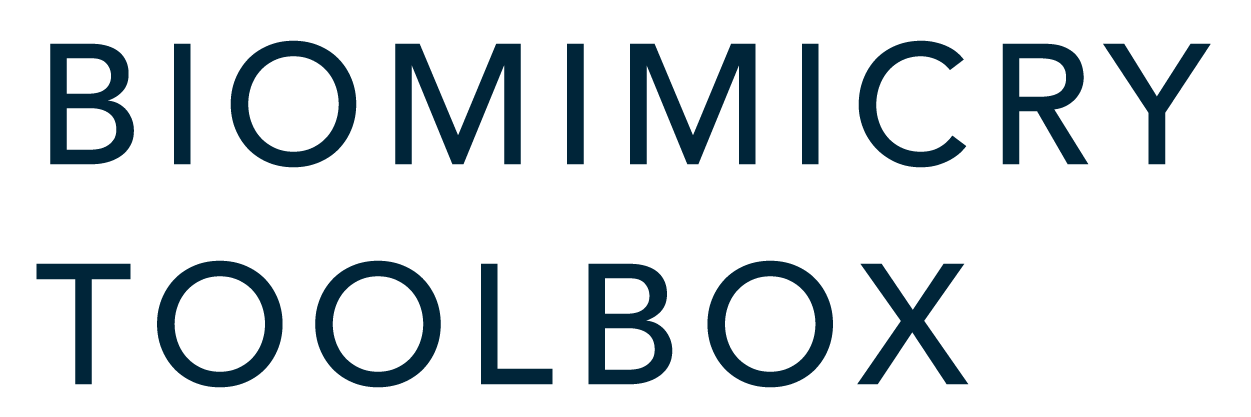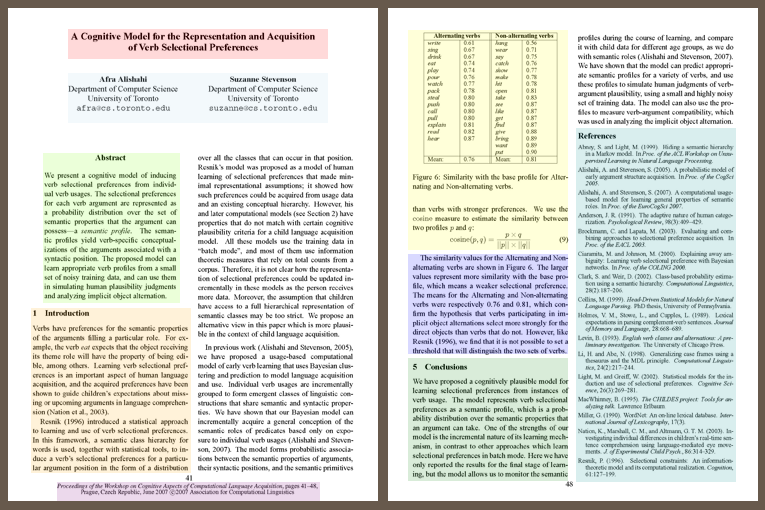Reading a Scientific Paper
Tips for getting the most out of biological journal articles.
Biological journal articles can seem overwhelming for those without a science background. But there’s a way to get through them and find the secrets you want to learn about biological strategies. Here are some tips for getting the most out of these scientific papers.
Click the image to explore an interactive example of a scholarly article from the North Carolina State University library.
First of all, you don’t need to read straight through the article. In fact, if you do, you’ll be tempted to give up. Most research articles start with an abstract—a concise summary of the article—followed by keywords and then sections for the introduction, materials and methods, results, discussion, and references or works cited. Often there is a conclusion or summary at the end of the article. It may not be labeled but usually can be found at the end of the discussion.
When you first look at an article, skim for relevant information, in this order:
- Abstract: Start with this, which should help you figure out if a paper will be useful to you. Some abstracts just tell you what’s going to be covered, but many include much of the key information you’ll need. If you are having trouble comprehending the abstract, don’t be afraid to Google key phrases to help you understand the essence of the material.
- Keywords: Review the keywords. These should be representative of the paper’s topic and can give you a quick sense of whether a paper will be useful to you, especially if the abstract is particularly complex.
- Conclusion: Jump to the end of the text and read the conclusion; it sometimes gives additional insight into the strategy or content.
- Graphics: Page through the article and look at the photos, illustrations, graphs, and tables. Read the captions. When you’re done with the rest of the paper, you’ll probably come back to some of these and read what the results section says about them.
- Introduction: The introduction gives you some context and often adds information from other literature that may lead you to additional sources. Scientists build off previous research, so the introduction might include valuable information that’s relevant to your strategy. However, a particular paper might elaborate on only one part of those previous results.
- Methods and Results: Skip these and only come back to them if there’s something you don’t understand from the rest.
- Discussion: The discussion is where the authors explain their results, and it is often written in more accessible language than the abstract. The discussion also is where the authors are allowed to do some speculation or conjecture, so watch for words that indicate which results they are sure about and which they are speculating about.
- References or Works Cited: Skimming the titles and authors in this section often can lead you to other relevant works with more details about the topic or help you quickly understand who is likely an expert in this area, based on the number of previous publications they have had.
Once you’ve skimmed through the article, you should have a good idea of how useful this information is. The next step is to go back through more slowly to better comprehend what you’re reading. Don’t be afraid to ask a biologist to help you with some of the terminology.
If you want to contact the authors directly for more information or to explain their research in simpler terms, look for contact information for a “corresponding author” or start with the first author in the list of authors. Most scientists are eager to talk about their work and to know it has value for others, so don’t be afraid to approach them.
Resources
Reading a Scientific Paper PDF
Download a copy of this guide as a PDF.
NCSU Anatomy of a Scholarly Article
Explore an interactive example of a scholarly article with annotations describing the major parts. Provided by the North Carolina State University library.
ASU Anatomy of an Article
The Ask a Biologist website created by Arizona State University provides a great overview of what goes where in a paper.
ASU "Dissected" Article
The Ask a Biologist website created by Arizona State University provides a helpful “dissection” of a scholarly article to help readers understand the different parts.



